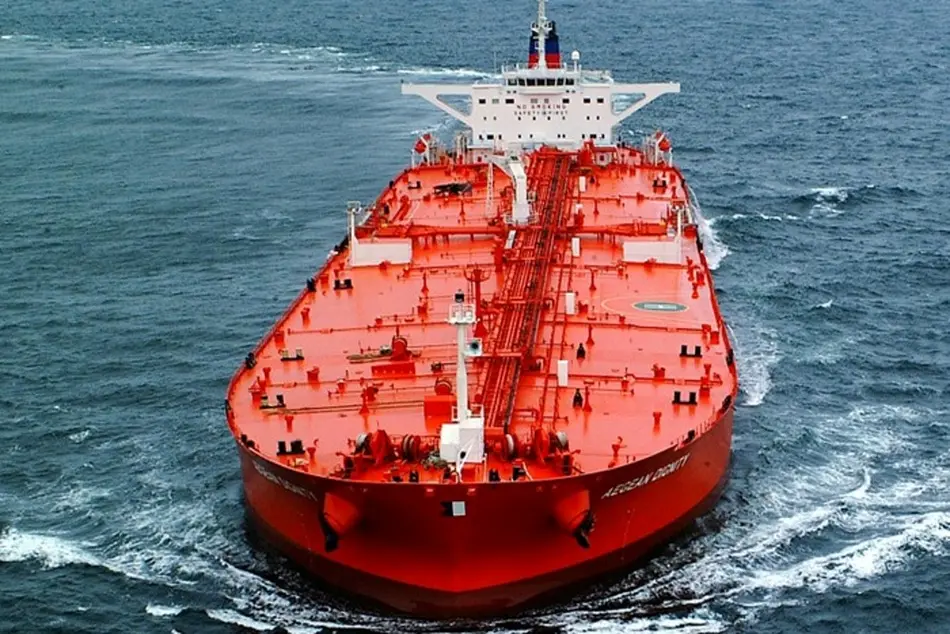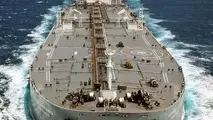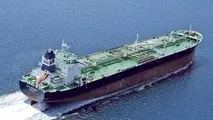Tanker Market Sentiment Weakens in June

Dirty tanker market sentiment was generally weaker in June, as average spot freight rates dropped on all reported routes. On average, dirty tanker freight rates declined by 17% from the previous month and spot rates for all classes went down. These negative developments came as the market suffered from limited activity prior to the summer months, while the increase in vessel supply remained a main influence on freight rate movements. Clean spot freight rates had a mixed performance, with some routes showing higher freight rates; however, these were relatively minor. On average, clean tanker spot freight rates were almost flat compared with those of the previous month.
Spot fixtures
Preliminary data for June shows that OPEC spot fixtures went up by 5.6%, compared with the previous month, to average 13.18 mb/d. Global spot fixtures rose as well by 1.9%, to average 18.03 mb/d. Fixtures on the Middle East-to-East route were up by 12% and on the Middle East-to-West routes by 7%. In general, global chartering activities were higher than the same month a year ago on all reported destinations.
Sailings and arrivals
OPEC sailings rose by 0.2 mb/d, or 0.8%, in June from the previous month, reflecting a gain of 1.7% from the year before. Middle East sailings rose from the previous month by 0.31 mb/d and from the previous year by 0.42 mb/d. According to preliminary data, arrivals at the main importing regions in North American and Far Eastern ports showed an increase from a month earlier, rising by 8.5%, and 2.1%, respectively.
VLCC
VLCC freight rates weakened in June despite an active start to the month, with enhanced freight rates in both Middle East and West Africa chartering markets, although the gains remained limited. VLCC markets weakened thereafter despite some steady mid-month activity. Market activity was insufficient to support any rate increase as the tonnage supply remained abundant even allowing the main monthly chartering requirements. As a result, spot freight rates declined in several regions, showing monthly and annual drops. VLCC spot freight rates for tankers trading on the Middle East-to-East routes dropped by 7%, to stand at WS51 points. Middle East-to-West freight rates followed the same pattern, though reflecting a higher drop of 10%, to stand at WS26 points. Freight rates for tankers operating on the West Africa-to-East route were also lower, showing a decline of 3% from the previous month.
Suezmax
As was the case with the bigger vessels, Suezmax spot freight rates also experienced negative developments in June. Spot freight rates edged down as the Suezmax market suffered from high vessels supply versus limited requirements. Suezmax rates hit year lows, as prompt vessel availability reached its highest level as a result of new deliveries and low operational delays. Low returns were exhibited on many voyages which took profitability to a very low end. In West Africa, spot freight rates for tankers operating on the West Africa-to-US Gulf Coast (USGC) route dropped by 21% to stand at WS60 points. Spot freight rates for tankers operating on the Northwest Europe (NWE)-to-USGC route dropped by 18% to average WS57 points. Suezmax rates on both routes showed a greater decline compared with freight rates registered on the same routes the previous year by 17% and 7%, respectively.
Aframax
As was the case with other vessel sizes in the dirty tanker segment, Aframax freight rates dropped in June from the previous month, showing an average 19% decline m-o-m. The Aframax freight rates decline came as a result of drops experienced on all reported routes. The downward pressure affected voyage profitability. Freight rates for tankers operating on the Mediterranean-to-Mediterranean and Mediterranean-to-NWE routes went down by 21% and 24% to average WS91 and WS85 points, respectively, as a result of increased availability, even for spot requirements. Aframax rates in the Mediterranean turned flat in many cases as they suffered from limited enquiries. Spot freight rates went down on the Caribbean-to-US East Coast (USEC) route by 25% from the previous month as no rush of activity was detected prior to the holidays. Additionally, the market in the Caribbean did not benefit from storm and weather disruptions. Aframax freight rates to eastern destinations were not an exception, dropping by 4% for tankers trading on the Indonesia-to-East route to average WS93 points.

